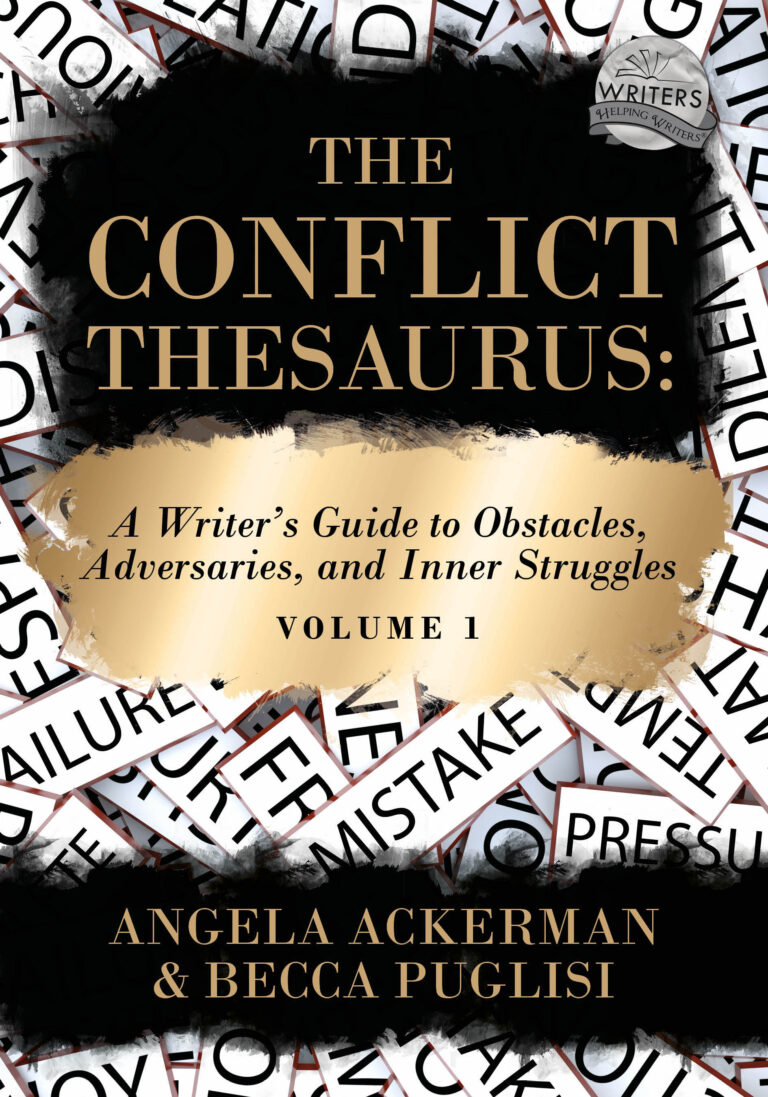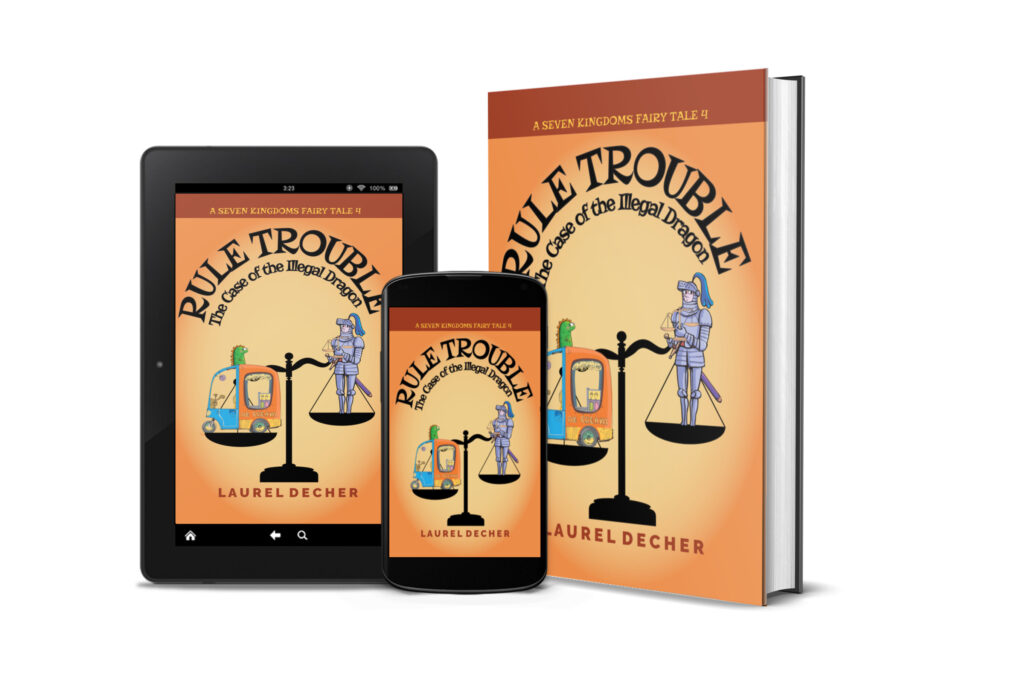Does it work for children's authors?
I write books for ages 9 to 12, so I look at writing tools with that audience in mind. While working on the fourth book in my Seven Kingdoms Fairy Tale series, I took an early review copy of The Conflict Thesaurus for a test drive.
My story has something to do with friendship and rules and the conflicts between them. I browsed The Conflict Thesaurus for help:
- Breaking the Law for a Good Reason
- Having to Steal to Obtain Something Vital
- Making a Discovery that Threatens the Bond of Friendship–Bingo, Bingo Bingo!!!!
- Needing to Sabotage Someone to Win
- Bureaucracy Tying One’s Hands
- Having to Punish Someone–Yes, this is going to be SO hard on Vlad!
- Having to Hurt Someone to Save Them from a Worse Fate–Ohh!!! This one looks like a winner!

In each entry, I highlighted anything I thought would apply to my main character.
His nickname is Vlad, the ultimate ruler. He’s an eleven-year-old prince and is expected to grow up to be the judge for the High Court in the Seven Kingdoms.
Each conflict includes the following sections:
- Examples
- Minor Complications
- Potentially Disastrous Result
- Resulting Emotions
- Possible Internal Struggles
- Negative Traits That May Worsen the Situation
- Impact on Basic Needs (This includes a short description of how the conflict might affect Self-Actualization, Esteem and Recognition, Love and Belonging, Safety and Security)
- Positive Traits to Help the Character Cope
- Positive Outcomes
Obviously, there’s no way to use all of this in one story. Anything that made my main character come alive got a highlight. I like to export my highlights from my ereader and paste them into Scrivener.
Instant plot ideas list! Banish writer’s block at your house. 🙂
What did I find?
Fresh plot twists, potential antagonists, emotions for a highly-charged moment, character reactions to draw the reader in, and deep-seated motivations to help Vlad grow into a hero the reader could love and admire.
Excuse me, I have to go write a scene I’m kind of excited by . . .
Eleven-year-old Judge Vlad is stuck when his best friends show up in his courtroom with an illegal baby dragon.
Does he have to bend the rules to keep his friends?
Readers of Rule Trouble: The Case of the Illegal Dragon might enjoy this exercise to write their own amazing stories.
When I wrote stories in class, I was stumped (and frustrated!) by questions like: “But why did this character do that?”
It never occurred to me to say, “because I haven’t made that part up yet” as author and illustrator, Beatrix Potter says, in Miss Potter.
Using a Thesaurus isn’t like a cookbook or a formula. No two writers ever write exactly the same story, even when they start from the same prompt.
Now I think of lists like these as raw material to start the fire of the imagination.
Happy writing!




